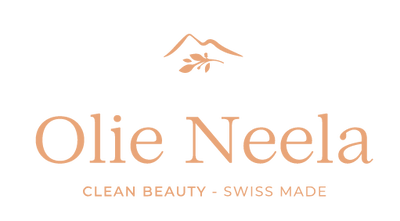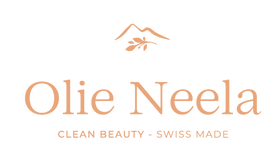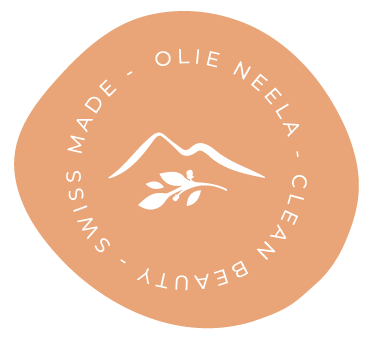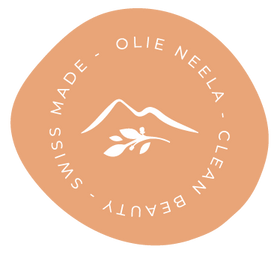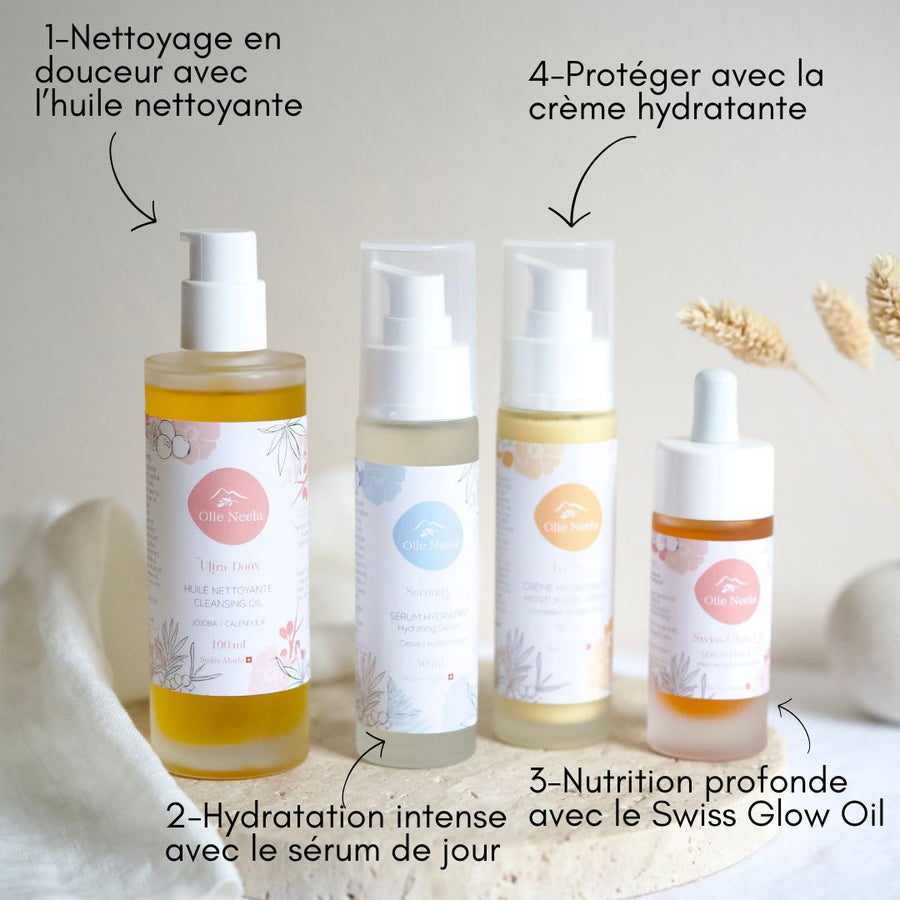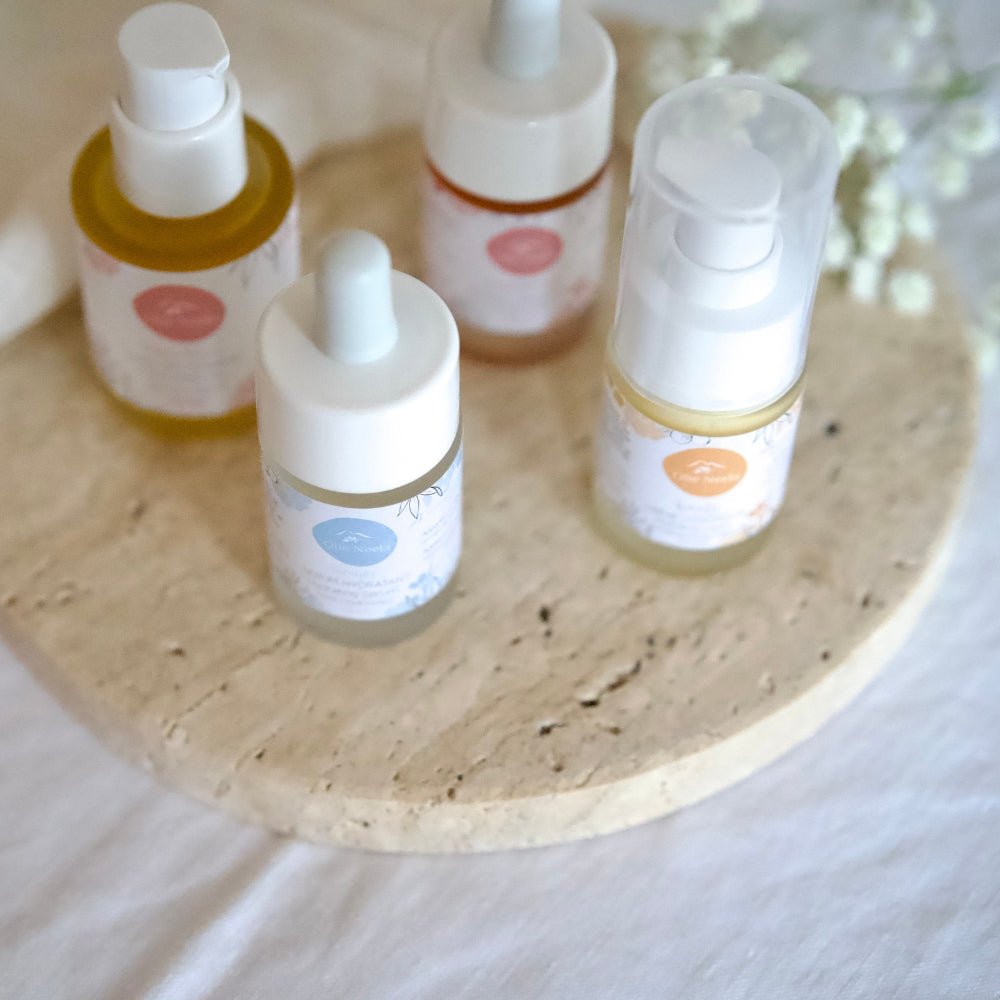What we avoid
In the world of cosmetics there are hundreds of questionable, even downright dangerous, molecules that continue to be used.
And this despite several broadcasts, surveys (ABE), articles and other calls from dissatisfied consumers.
At Olie Neela we have made a simple choice to exclude prohibited products (which makes sense) but also products which are doubtful, have a negative impact and in general are not authorized by the organic certification bodies. more famous.
Furthermore, our mission is to help reactive and sensitive skin, which is even more prone to react to ingredients that are apparently ok for other normal skin. As a result, we choose to exclude components that are apparently ok, even organic, but which are suspected of creating allergies or irritations.
Among other things, we avoid the following components:
- Phenoxyethanol
Phenoxyethanol is a chemical preservative widely used in cosmetic products to prevent the growth of bacteria and mold.
In 2010, when I launched into natural cosmetics, the supporters of slow cosmetics who warned against this molecule were treated as alarmists. Personally, it is one of the molecules that most opened my eyes to the slowness of legislation and to the fact that a precautionary principle should always be applied in favor of consumers and not manufacturers.
In fact, since 2012, the ANSM (National Agency for the Safety of Medicines and Health Products) has recommended not using this preservative in cosmetic products intended for babies and limits its maximum content to 0.4% in other products. products intended for children under 3 years old. It highlights its liver toxicity, its potentially harmful effects on reproduction and other inconveniences. The conclusions of his 2012 report are alarming.
In its opinion of May 2018, the Temporary Specialized Scientific Committee (CSST) responsible for the re-evaluation of phenoxyethanol at European level recommended maintaining the non-use of phenoxyethanol in cosmetic products intended for the headquarters, by extending it to wipes often used to clean young children. For all other cosmetic products intended for children aged 3 or under, the CSST suggests maintaining a maximum concentration of 1% of phenoxyethanol. Although the CSST follows the ANSM for wipes, it differs on the authorized concentration. It should be noted that legally, phenoxyethanol is still permitted in baby wipes.
- Parabens and paraben derivatives
- Parabens are chemical preservatives widely used in cosmetic products to prevent the growth of bacteria, mold and yeast.
Paraben derivatives, such as methylparaben, ethylparaben, propylparaben and butylparaben, are variations of these preservatives.
They have been criticized for their potential to mimic the body's hormones and disrupt the endocrine system. Some studies have also suggested an association between parabens and breast cancer, although more research is needed to confirm these links.
- Sulfated surfactants
- Sulfated surfactants, such as Sodium Laureth Sulfate (SLES), Sodium Lauryl Sulfate (SLS), and Ammonium Lauryl Sulfate, are cleaning and foaming agents commonly used in cleaning products and cosmetic products, such as shampoos, shower gels and facial cleansers.
- They have been criticized for their potential to irritate the skin and scalp, especially in people with sensitive skin. They can also cause excessive drying of the skin and hair.
- Chemical preservatives
- Chemical preservatives such as MIT-MCIT (Methylisothiazolinone-Methylchloroisothiazolinone) are used to prevent the growth of bacteria, mold and yeast in cosmetic products.
- They have been associated with allergic skin reactions and irritation, especially in people with sensitive skin. Some countries have restricted their use in cosmetic products due to public health concerns.
- Formaldehyde-based preservatives
- Formaldehyde-based preservatives, or preservatives likely to release formaldehyde, are used to prevent the growth of bacteria and mold in cosmetic products.
- They have been associated with allergic skin reactions, irritation and sensitivity in some people.
- Phthalates
Phthalates are plasticizing chemicals used to soften and stabilize perfumes and cosmetic products. They have been associated with concerns about their impact on the endocrine system and their carcinogenic potential.
- Silicones
Silicones are commonly used ingredients in cosmetic products for their ability to form a protective barrier on skin and hair. However, they have been criticized for their impact on the environment, due to their limited biodegradability, as well as their potential to accumulate in the body. Triclosan: Triclosan is an antibacterial agent widely used in personal hygiene products such as soaps, toothpastes and deodorants. However, it has been associated with concerns about its impact on human health and the environment, as well as the emergence of antibiotic-resistant bacteria.
- PEG Propylene Glycol
PEG (Polyethylene glycol) and propylene glycol are compounds used as emollients, solvents and transport agents in cosmetic products.
They have been criticized for their potential to irritate the skin, especially in people with sensitive skin. Some PEGs may also be contaminated with impurities, such as ethylene oxide and 1,4-dioxane, which are considered possible carcinogens.
- Perfume or fragrance
- Essential oils
Regarding essential oils, we have chosen to use only a very small number, in low quantities (Maximum 0.8% in certain products) and to exclude them from our body range dedicated to the whole family. Despite their many benefits, not all skin types tolerate them and they are generally not recommended for children.
